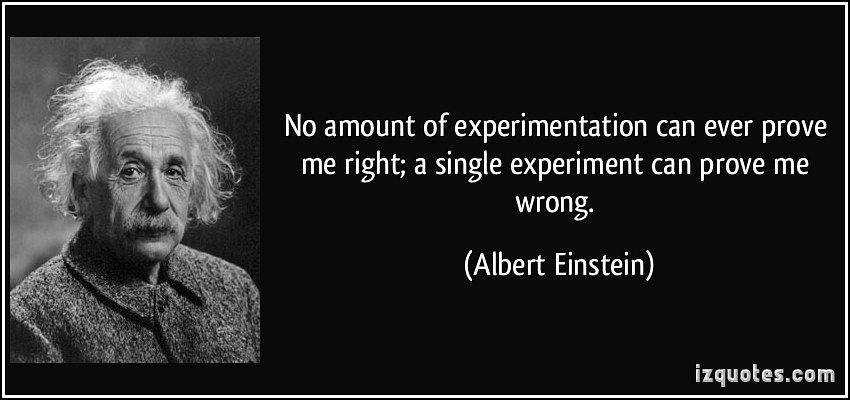The experiment that Ronald Hanson and his team performed is regarded as the final nail in the coffin of locality and realism as the basis of physics. Instead, quantum weirdness rules. Their publication is online at arXiv.org.
The test set-up spanned the campus. One diamond containing an electron with spin was located in the physics building, the other one at the reactor centre 1.3 kilometres further away. Both diamonds were hit by randomly emitted microwave pulses. As a consequence, the electrons in the diamonds emitted photons that were entangled with the electrons. The photons then travelled through optic fibre to a detector at the southern corner of the electrical engineering building – about halfway for both diamonds. If the two photons arrived simultaneously at the detectors halfway, the two distant electrons were entangled.
About fifty years ago, in 1964, the Northern-Irish physicist John Stewart Bell published on the subject of how it should be possible to demonstrate quantum mechanical entanglement in the ordinary macroscopic world. Five years later, Clauser, Horne, Shimony and Holt specified it further with their scenario for a game show called the CHSH test or Bell test. Here, candidates, using chance or cunning strategy, had to give one of two possible answers to two possible questions.
In the lab, the candidates have been replaced by two electron spins in diamond lattices. Firstly, they are entangled. The entanglement is shown by a simultaneous registration of two single photons on a half-transparent mirror in the cellar of the EEMCS building. Next, there is a question in the form of laser pulses that force the electron spins into an excited state, whether or not in combination with a microwave pulse that rotates the electron spin 90 degrees. The answer (red or green, 0 or 1) is in the form of light or no light emissions from the electron spins. The statistics of the measurements should reveal whether or not the electron spins show more coherence than could be anticipated by chance. Last year, Delta wrote an article to explain the experiment at the start.
In the latest publication on arXiv.org the team writes just a few entanglements happened every hour. So for their 245 measurements to occur, it was quite a wait.
The result means that entanglement at a distance is real. Or, as Hanson explained at the presentation of his experiment last year: “As soon as you perform a measurement, that determines the state of each particle. No communication is necessary to achieve this: the effect is instantaneous. You just have to dare to let go of the idea of locality.”
Except for putting an end to a debate about realism and locality that has been going on in physics for more than eight years, the experiment has pragmatic consequences as well. Hanson’s experiment has paved the way for the development of quantum cryptography. “Bell tests are a security guarantee,” said Johannes Kofler to New Scientist (September 5, 2015). Kofler is on Anton Zeilinger’s team in Vienna that is in the race to perform a similar Bell test with trapped photons. ‘You could say that Hanson’s team just patched the universe’ said New Scientist to illustrate the potential of distant entanglement for secure cryptography.
Bell test as comic strip by Stephan Timmers



Comments are closed.